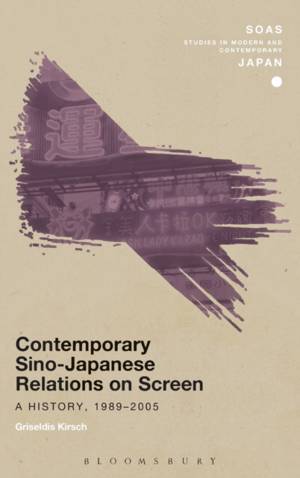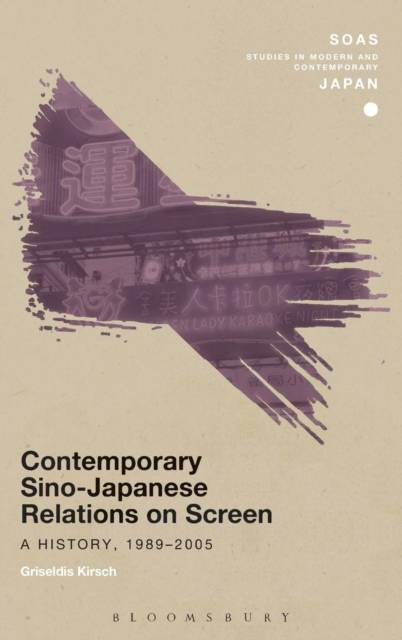
Je cadeautjes zeker op tijd in huis hebben voor de feestdagen? Kom langs in onze winkels en vind het perfecte geschenk!
- Afhalen na 1 uur in een winkel met voorraad
- Gratis thuislevering in België vanaf € 30
- Ruim aanbod met 7 miljoen producten
Je cadeautjes zeker op tijd in huis hebben voor de feestdagen? Kom langs in onze winkels en vind het perfecte geschenk!
- Afhalen na 1 uur in een winkel met voorraad
- Gratis thuislevering in België vanaf € 30
- Ruim aanbod met 7 miljoen producten
Zoeken
€ 296,95
+ 593 punten
Uitvoering
Omschrijving
Japan and China look back on a history of friendship as well as friction, particularly in recent decades. As the People's Republic of China's economy began to grow in the 1990s, so did its political weight within Asia and its economical relevance for Japan. Covering the years from 1989 to 2005, this book looks at Sino-Japanese relations through film and television drama in the crucial time of China's ascent to an economic superpower in opposition to Japan's own ailing economy. It provides an overview of how Japan views China through its visual media, offers explanations as to how oppositions between the two countries came to exist, and how and why certain myths about China have been conveyed.
Griseldis Kirsch argues that the influence of visual media within society cannot be underestimated, nor should their value be lessened by them being perceived as part of 'popular culture'. Drawing on examples from a crucial 16 years in the history of post-war Japan and China, she explores to what extent these media were influenced by the political discourse of their time. In doing so, she adds another layer to the on-going debate on Sino-Japanese relations, bringing together disciplines such as media studies, history and area studies and thus filling a gap in existing research.
Griseldis Kirsch argues that the influence of visual media within society cannot be underestimated, nor should their value be lessened by them being perceived as part of 'popular culture'. Drawing on examples from a crucial 16 years in the history of post-war Japan and China, she explores to what extent these media were influenced by the political discourse of their time. In doing so, she adds another layer to the on-going debate on Sino-Japanese relations, bringing together disciplines such as media studies, history and area studies and thus filling a gap in existing research.
Specificaties
Betrokkenen
- Auteur(s):
- Uitgeverij:
Inhoud
- Aantal bladzijden:
- 240
- Taal:
- Engels
- Reeks:
Eigenschappen
- Productcode (EAN):
- 9781472572387
- Verschijningsdatum:
- 16/07/2015
- Uitvoering:
- Hardcover
- Formaat:
- Genaaid
- Afmetingen:
- 151 mm x 242 mm
- Gewicht:
- 494 g

Alleen bij Standaard Boekhandel
+ 593 punten op je klantenkaart van Standaard Boekhandel
Beoordelingen
We publiceren alleen reviews die voldoen aan de voorwaarden voor reviews. Bekijk onze voorwaarden voor reviews.









